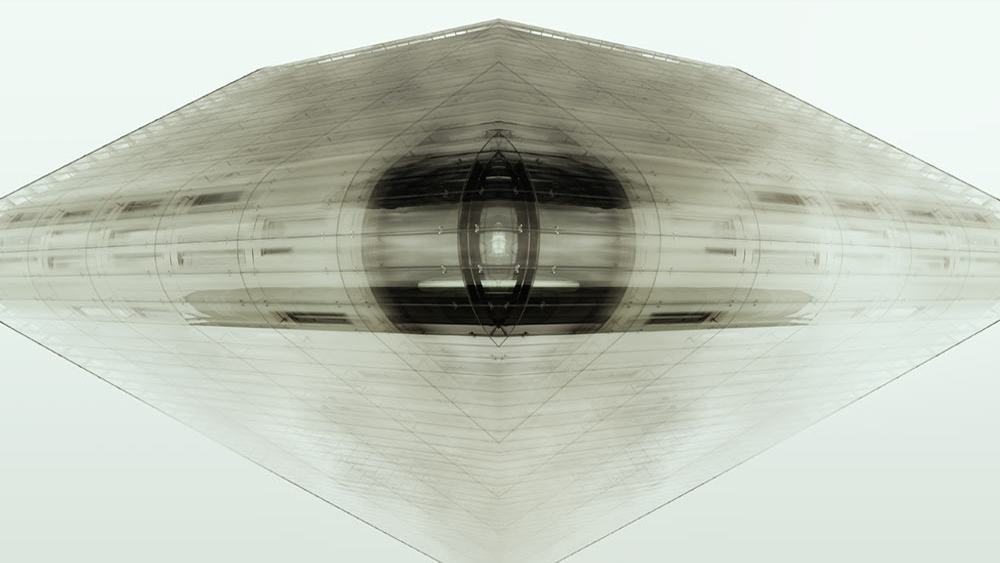That the truth of subjective testimony cannot be guaranteed accounts for the increased dependence by official inquiries on the supporting evidence of ‘objective’ material ‘clues’. But if eyewitness testimony can bear false witness, a charge successfully proven against the organs of the state by the Saville inquiry, forensics can be misled by the time-honoured practice of planted ‘evidence’. Perhaps, however, feelings and sensations take priority in traumatic memory, such that, as the text of Ghost Story speculates, the past is experienced as exuding from the location itself – daytime ‘wraiths’ that enjoin Joyce’s nightmare of history. In any case, ‘hoarfrost’ recalls Michel de Certeau’s assertion that (involuntary) memory always comes ‘from the outside’, as something forgotten but recalled by a word, an image, a smell, a sound: ’Memory is played by circumstances, just as a piano is played by a musician and music emerges from it when its keys are touched by the hands. Memory is a sense of the other.’
History, Stephen said, is a nightmare from which I am trying to awake.
James Joyce
My initial visit to Derry was in late 1989 to witness ‘at first hand’ the context of Willie Doherty’s early photographs in order to write the catalogue essay for Unknown Depths. At that time the territory was in its second decade of military occupation; and Doherty’s work, infused with allusions to boundaries as hallucinatory as they were concrete, political hubris, surveillance and suspicion, reflected the city as ‘unhomely’. My recent return visit was to a city that had been ‘de-militarised’ and given a cosmetic makeover, although territorial markers – flags, murals and boundary walls – remained in evidence.
Most striking was that Derry had become a city of memorials, but these were of two kinds: the prominently displayed public monument and the simple neighbourhood plaque or shrine. What characterizes the former is their surprisingly conventional formality: the Republican memorial in the Creggan, the Hunger Strike and Bloody Sunday memorials in Rossville Street are all variations of the ‘obelisk’, the traditional state-sanctioned form of the inscribed war memorial (and the Free Derry Wall, now a free-standing gable end, itself risks morphing into an obelisk.) These are more than understandable if, as Michael Rowlands suggests, ‘triumphalism, the reason why most memorials are monuments, achieves [a way out of melancholia] through the assertion of collective omnipotence and by banishing from memory those acts of humiliation when the nation failed to protect its young.’ But if the intention is to ‘forget the pain’, it is precisely this impossibility that is reflected both in the little plaques and shrines that mark the crisis of personal loss and the preoccupations of Doherty’s work. As Doherty has himself written: ‘The problem with forgetting/ the problem with remembering.’
For this reason, the violence of the past cannot be erased by a willed act of reconciliation, but at best, as the conclusion of the Peace Process in 2007 indicated, by an act of amnesty: a social contract by which conflicting constituencies agree to deliberately ‘forget’ their differences in the public domain – or better, as Kearney says, to forego the ‘debt accrued by memory of crimes’. Amnesty, however, is not amnesia.




